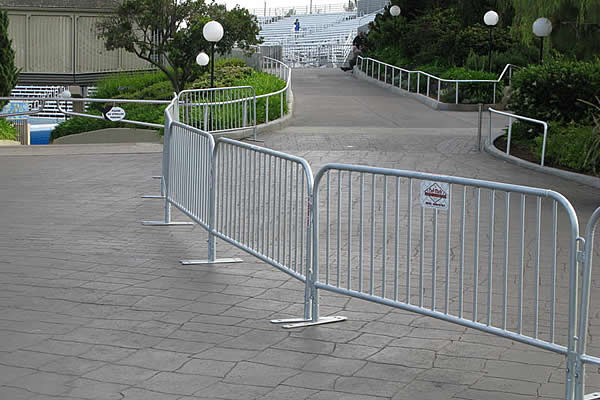 TEL:
+86-13102802206
TEL:
+86-13102802206
 Email:
fencenetting@china.com
Email:
fencenetting@china.com
 Language
Language
 TEL:
+86-13102802206
TEL:
+86-13102802206
 Email:
fencenetting@china.com
Email:
fencenetting@china.com
 Language
Language


Understanding Window Mesh Installation A Comprehensive Guide
Window mesh installation is a practical and beneficial process that has gained popularity among homeowners and builders alike. Essentially, the installation of window mesh serves to enhance the functionality of windows by providing an effective barrier against insects, debris, and even potential intruders, while still allowing for ventilation. This article will explore the various aspects of window mesh installation, including its benefits, types, tools required, and a step-by-step installation guide.
Benefits of Window Mesh
The primary purpose of window mesh is to keep unwanted pests outside while letting fresh air circulate within your home. This is particularly useful during warmer months when windows are often opened for ventilation. Additionally, window mesh protects interiors from dust, leaves, and other external elements, keeping living spaces cleaner. For households with children or pets, a robust mesh can deter access to unprotected windows, adding an extra layer of safety. Furthermore, some mesh options can even help reduce UV exposure, protecting furniture and flooring from fading.
Types of Window Mesh
There are various types of window meshes available in the market, each designed to cater to specific needs. The most common types include
1. Fiberglass Mesh Lightweight and durable, fiberglass mesh is resistant to rust and corrosion. It is ideal for standard window frames and can be easily adjusted to fit various sizes.
2. Aluminum Mesh Known for its strength, aluminum mesh is a great choice for high-traffic areas or homes in regions prone to severe weather. It offers excellent visibility and air circulation.
3. Pet Screen Mesh Specifically designed for homes with pets, pet screen mesh is made of heavy-duty materials that resist tearing and damage from claws.
4. Retractable Screens These screens can be rolled up and stored out of the way when not in use, offering versatility without compromising aesthetics.
5. Solar Screens These screens provide added insulation by reflecting sunlight, helping to reduce energy costs while maintaining airflow.
Tools Required for Installation
Before embarking on your window mesh installation journey, gather the following tools

- Measuring tape - Scissors or a utility knife - Staple gun or adhesive - Squeegee or roller - Level and pencil - Screen frame kit (if needed) - Safety gloves and goggles
Step-by-Step Installation Guide
1. Measure Your Windows Start by accurately measuring the width and height of your window frame. Take several measurements to ensure precision.
2. Select the Right Mesh Choose the type of mesh that best suits your needs based on the factors mentioned earlier.
3. Cut the Mesh Using your measurements, cut the mesh material. Leave an extra inch on each side to ensure proper installation.
4. Prepare the Frame If you're using a frame, assemble it according to the manufacturer's instructions. Ensure the frame is square by checking the diagonal measurements.
5. Attach the Mesh Lay the mesh over the frame (or directly onto the window if a frame isn’t used) and stretch it tight. Use a staple gun to secure the mesh or apply adhesive along the edges, making sure it’s smooth and taut.
6. Trim Excess Mesh Carefully trim off any excess mesh to create a neat finish.
7. Install the Screen If using a frame, place it into the window opening and ensure it fits snugly. If using a direct adhesive method, ensure it's firmly in place.
8. Final Adjustments Check for any gaps and ensure the mesh is securely attached. Make any necessary adjustments to achieve a perfect fit.
Conclusion
Installing window mesh is a straightforward DIY project that can significantly enhance the comfort and safety of your home. With the right materials and tools, you can effectively eliminate pesky intruders while enjoying fresh air. Whether you opt for standard mesh or invest in a solar or pet-specific option, the benefits are clear. With just a few simple steps, you can enjoy a more secure and comfortable living environment.